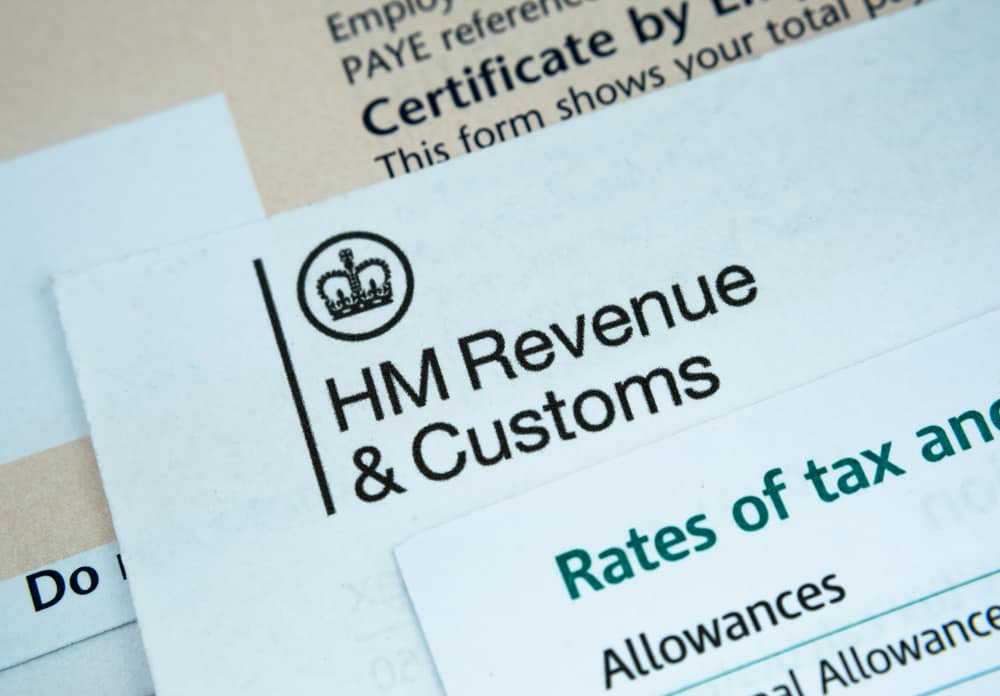Glynn Burrows, TRAD Group Purchasing Manager discusses the higher prices for materials the industry is experiencing and how we should get used to it.
Like all construction industry suppliers, we’ve seen issues recently in terms of raw materials pricing, which in turn affects the prices of the products we buy. Prices for everything – from timber to steel – have risen significantly over the past year. On top of that, logistics costs have soared, with some container prices rising five-fold in recent times.
Of course, we’re all used to managing price fluctuations, but this feels different. Raw material prices are much higher. They are higher across the board. And it’s costing more to get products made from those materials to our door.
Traditionally, companies like ours would absorb some of those additional costs to avoid passing them onto our clients; but this isn’t sustainable in these conditions, and so it’s likely that end customers are already seeing prices rise, and are likely to continue to do so for some time to come.
Managing higher prices
As part of the ALTRAD Group, TRAD’s procurement and supply lines are good. We have excellent relationships with our own suppliers, and we forecast well ahead of time to ensure we have everything we need to meet our business goals and to support our customers. Nevertheless, this is an extremely challenging time – not just for us, but for the industry – and we expect things to remain challenging for the next few months at least.
We anticipate that prices will stay high until the summer. And even when they reduce, we think it’s unlikely they will be as competitive as we are used to. Around the world, economies will want to build, in order to recover from the effects of the pandemic. That will create further demand for raw materials and that will continue to influence prices.
Projects need to continue whatever the cost
In the UK, large projects may suffer from the knock-on effect of these procurement issues. Many of the ongoing construction projects in the UK are essential infrastructure projects – they can’t be stopped and they have already set their budgets and done their own forecasting. But they are likely to have to either pay more in order to source the materials they need, or they are going to get less material for their budget. For those projects that are government-backed, this clearly means more cost for the taxpayer. And privately-owned construction projects will need to look at their own margins again.
Of course, none of us want to be in this position. we’d like to be paying a lot less for products and transport, so that we can give our clients the best possible prices. But we believe that high prices are here to stay – for the majority of this year at least – and that we are all going to have to get used to them.
How we are helping our customers
We have invested both time and money into making sure we are able to support our customers through these challenging times. In particular, we have invested in additional hire stock, so that customers can get up to speed with site requirements, and we have also increased our sales stock, giving customers the confidence that when they need equipment, they can rely on us to supply it.




